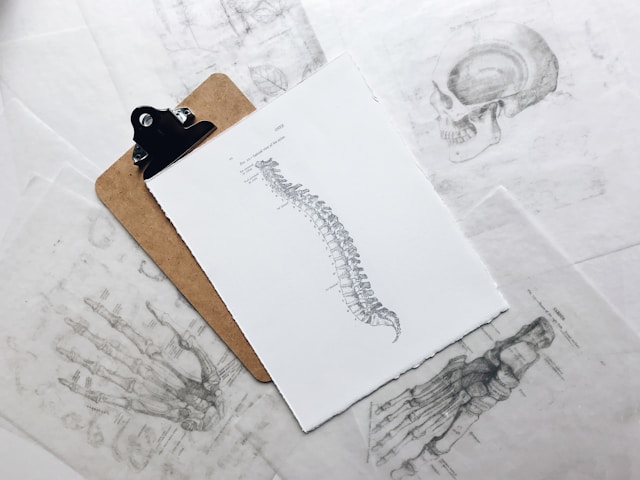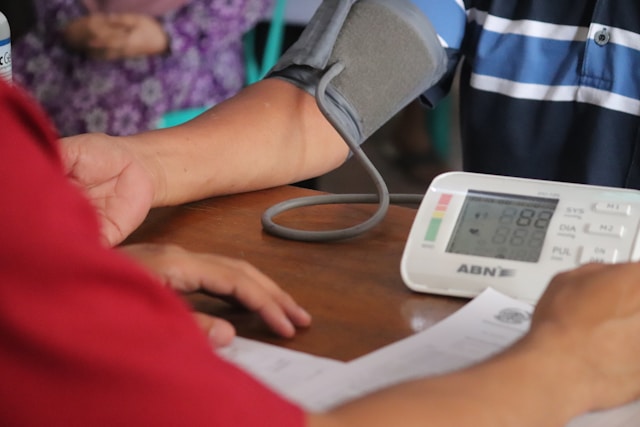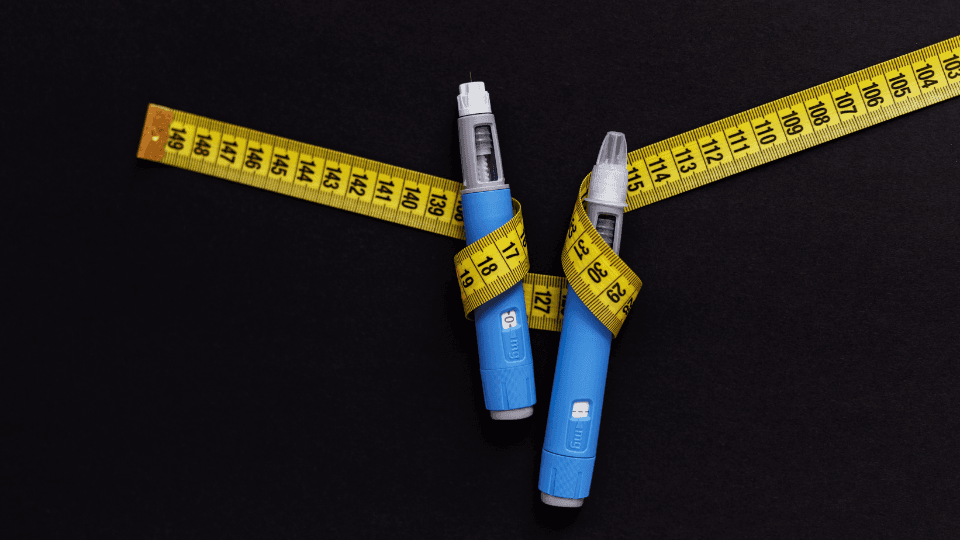Back
01 May 2024
Jump for joy: how bouncing exercises can improve your bone density

Gabriella Florence | Sports Scientist
The Benefits of Bouncing for Bone Health
Your bones do a lot more than just keep you upright. They protect your organs (like your lungs and brain), allow you to move, produce red blood cells, and store calcium.
With all these vital functions, it’s a good idea to keep them healthy. Fortunately, you can, without spending a cent and sparing only a few minutes per day, too.
Bone health: what does the science say?
Your bone health is determined by its bone mineral density (BMD). This quantifies the minerals in your bone and determines bone strength. Higher BMD is associated with stronger bones, and vice versa. Low BMD might not sound too serious, but it increases your risk of osteopenia (BMD is lower than expected for one’s age) and osteoporosis (low BMD characterised by severe bone loss), both of which lead to more frequent fractures.
The benefits of jumping on bone health
The benefits of exercise on bone health are site specific. In other words, because jumping targets your lower body, the benefits accrue to your lower limb regions. Let’s jump into the details:
1. Increased BMD:
According to a review of studies, jumping exercise increases BMD at the femoral neck and trochanter (hip region), with less clear benefits at the lumbar spine.
2. Improved bone markers:
One study showed that a 12-week jumping exercise program reduced bone resorption (bone loss) markers while increasing bone formation markers. This net balance leads to new bone growth.
3. Enhanced Bone Strength:
Jumping stimulates the growth of new bone tissue and increases bone density. This makes your bones more resilient and may reduce your risk of fractures, osteopenia, and osteoporosis.
Are there any risks of jumping exercises for bone health?
Regular jumping for bone health does not appear to cause any adverse effects in various populations. Studies in premenopausal women, postmenopausal women, older men, osteopenic men, and even children bear this out.
In fact, research commends jumping as a low cost, safe, and time-efficient strategy for improving bone health without the need for medication. Also, the little space and equipment required make it an accessible form of exercise for most people.
As always, be sure to check with your physician before beginning any new exercise program. Stop jumping immediately if you notice any pain, dizziness, or shortness of breath.
Incorporating jump exercises into your fitness routine
Incorporating jump exercises into your fitness routine is easy. Set aside a few minutes every other day, grab your skipping rope (or simply mimic the action), and get started with level 1 below.
Level 1 (week 1 and 2):
Perform 3 sets of 50 two-legged jumps.
Take 30-60 seconds rest between each set.
Level 2 (week 3 and 4):
Perform 4 sets of 50 two-legged jumps.
Take 30-60 seconds rest between each set.
Level 3 (week 5 and 6):
Perform 3 sets of 60 two-legged jumps.
Take 30-60 seconds rest between each set.
Level 4 (week 5 and 6):
Perform 4 sets of 60 two-legged jumps.
Take 30-60 seconds rest between each set.
Level 5 (week 7 and 8):
Perform 5 sets of 50 two-legged jumps.
Take 30-60 seconds rest between each set.
Level 6 (week 9 and 10):
Perform 6 sets of 50 two-legged jumps.
Take 30-60 seconds rest between each set.
Level 7 (week 11 and 12):
Perform 5 sets of 60 two-legged jumps.
Take 30-60 seconds rest between each set.
Level 8 (week 13 onwards):
Perform 6 sets of 70 two-legged jumps.
Take 30-60 seconds rest between each set.
Conclusion
Preserving your BMD is imperative for your wellbeing and longevity. Who knew that jumping for joy could give you bones of steel?
Ready.
Set.
Bounce!













